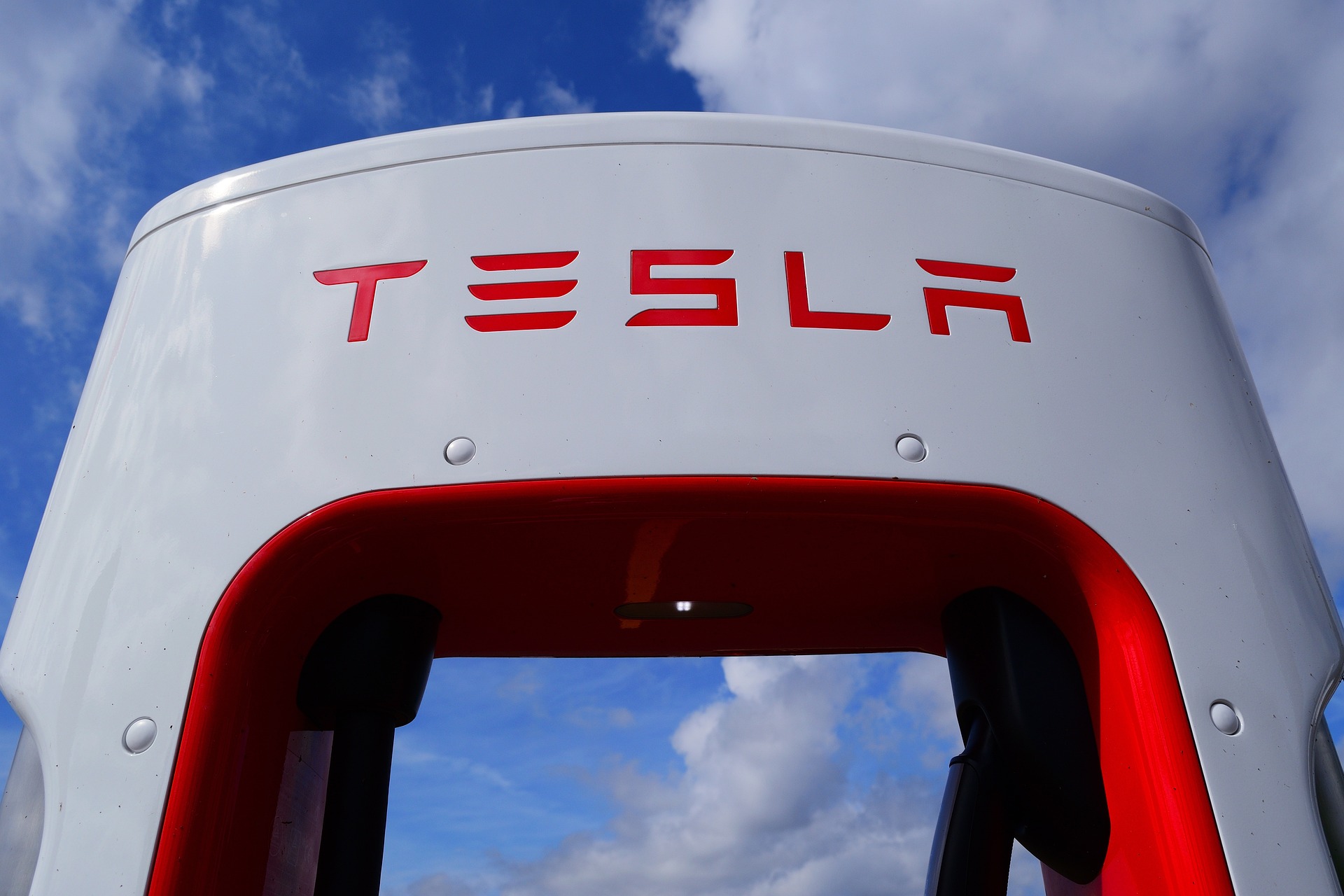"Tesla's Dual Edge: Cost Efficiency
& Innovation Amid UAW Turmoil"

Dear Valued Reader,
As Benjamin Graham once said, “In the short run, the market is a voting machine, but in the long run, it is a weighing machine.” This aptly sums up the ongoing situation with Tesla and the Big Three – General Motors, Ford Motor Company, and Stellantis. The recent United Auto Workers (UAW) strike has shed light on a tectonic shift in the automotive industry. To understand it better, one must go beyond surface-level happenings and see the deeper patterns of cost, innovation, and strategy.
In this illuminative report, you’ll gain insights into:
- Why Tesla’s Position is Strengthening amidst industry turmoil.
- The Immutable Law of Cost and its role in determining the future industry giants.
- The Power of Technological Innovation in providing competitive advantages.
Tesla’s Rising Star Amidst the UAW Strike The history-making simultaneous strike of UAW has put the Big Three in a tight spot. On the surface, it’s about wages, working hours, and job security. But if we delve deeper:
Unshaken Grounds for Tesla: Tesla, untouched by the UAW’s grasp, remains unaffected by the production halts and looming wage hikes. As Peter Lynch might suggest, “Know what you own, and know why you own it.” Tesla’s immunity from such disruptions is a testament to its strategic foresight.
Immediate Financial Impacts: The Anderson Economics Group projects over $5 billion in losses for a mere 10-day strike for the Big Three. Such numbers can be alarming for investors, especially when contrasted with Tesla’s steady progression.
The Indomitable Law of Cost Warren Buffett has often emphasized the importance of investing in businesses that have a distinct competitive advantage. Here’s how the numbers play out:
Existing Labor Costs: As per the Wall Street Journal, the Big Three’s labor costs stand at an average of $86 per hour. If the UAW’s demands materialize, this could skyrocket to a staggering $136 per hour – a 58% jump.
Tesla’s Edge: On the other side of the coin, Tesla operates at nearly half the labor cost, averaging $45 per hour. Their electric-centric model requires fewer components and thus, fewer hands, cutting back significantly on labor expenses.
Technological Innovation: Tesla’s Trump Card “Innovation distinguishes between a leader and a follower,” Steve Jobs once said. Tesla, in this narrative, clearly emerges as a leader.
Redefining Manufacturing: Tesla isn’t just stopping at cost-cutting. Elon Musk’s ambitious plan involves a 50% reduction in manufacturing costs for their next-gen vehicles. Their approach? A blend of cutting-edge technology and innovative processes like “gigacasting.” Imagine replacing a 400-part assembly with a single press – that’s the future Tesla envisions.
3D Printing and Sand Casting: Adopting such futuristic technologies puts Tesla miles ahead. For instance, their sand casting design validation stands at merely 3% of traditional metal prototype costs.
The divergence between traditional automakers and Tesla is more pronounced now than ever. While unions battle for employee rights, Tesla is silently, yet significantly, shifting the paradigm with its focus on cost and innovation.
In conclusion, the strike offers more than just a snapshot of the current industry strife. It’s a tale of two worlds – one holding onto the past and the other, led by Tesla, speeding into the future. As the industry grapples with this historic standoff, Tesla’s focus on cost efficiency and innovation makes it an enticing prospect for investors with an eye on the long game.
Warm Regards,
The Peter Club Research Team

